Throughout human history, landscape illustration has played a significant role in capturing the beauty of nature. Hence reflecting the cultural and artistic sensibilities of different eras. Moreover, from realistic depictions to abstract interpretations, landscapes have served as terrains for artistic expression and exploration. So, today we will delve into the various styles of landscape illustration, highlighting iconic artworks that exemplify each approach.
Realistic Landscape:
The first is indeed one of the most traditional forms of landscape illustration. Realism specifically seeks to represent the natural world faithfully and in meticulous detail. An exemplary artwork in this style is “The Hay Wain”. This masterpiece by the English artist John Constable, painted in 1821. It depicts a rural scene along the River Stour in Suffolk, England. In the foreground a horse-drawn cart (also known as “wain”) is full of hay. Meanwhile, a team of horses stands patiently in the shallow water of the river. A tranquil landscape unfolds behind them, with lush green trees and meadows stretching into the distance.
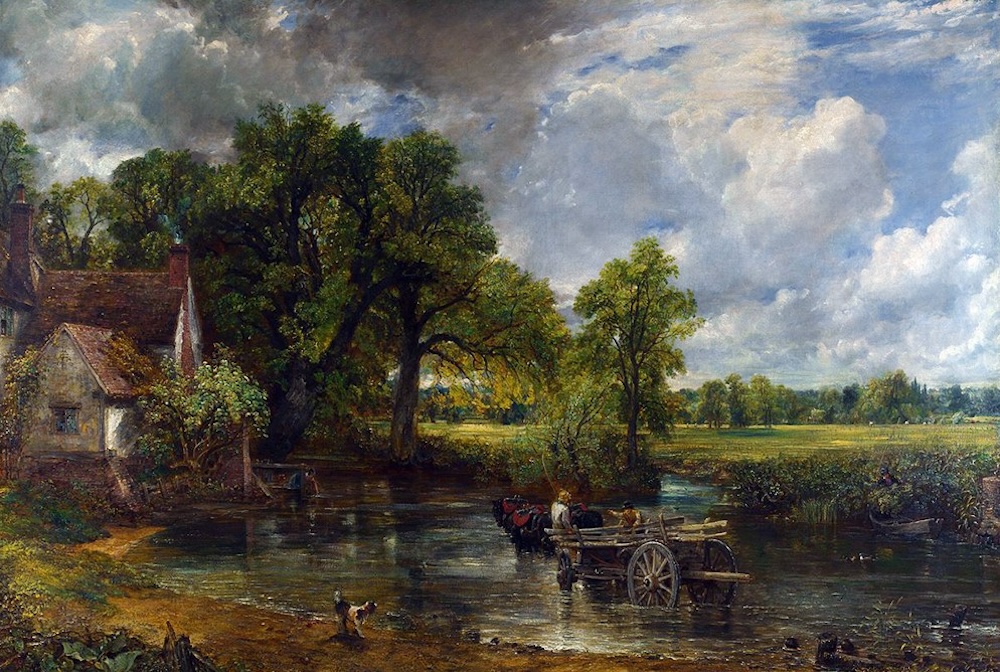
Stylized Landscape:
Stylized landscape illustration employs artistic liberties to interpret nature in a subjective and imaginative manner. An outstanding example of this approach is “The Great Wave off Kanagawa” by Katsushika Hokusai (1830-1833). This iconic Japanese woodblock print depicts a towering wave crashing down upon fishing boats near the coast of Kanagawa with Mount Fuji in the background. The wave is stylized. Dramatic curves and bold lines, create a sense of movement and power that is characteristic of Hokusai’s style.
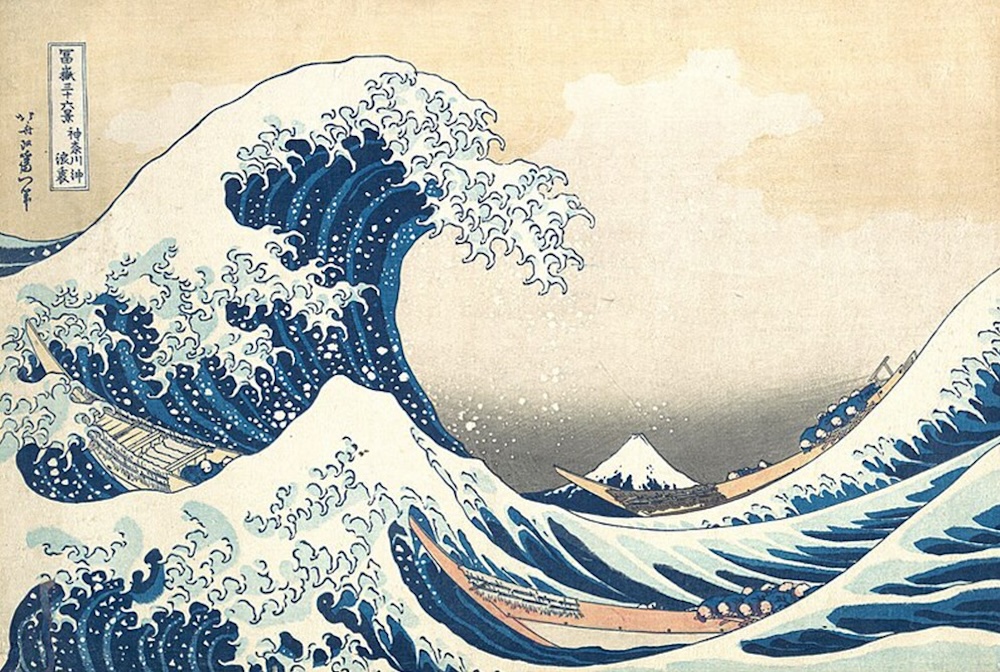
Abstract Landscape:
Abstract landscape illustration distills natural forms into simplified shapes and colors, emphasizing mood and emotion over realistic representation. While van Gogh is primarily known for his post-impressionist style, “The Red Vineyard” can be considered as an abstract landscape. In this painting, he depicts a vineyard with swirling, rhythmic brushstrokes and vibrant colors. The landscape is simplified and stylized. The emphasis lays on the rhythmic patterns of the vine rows and the movement of the workers. Despite its abstract elements, the painting still conveys the essence of a rural landscape and the energy of agricultural
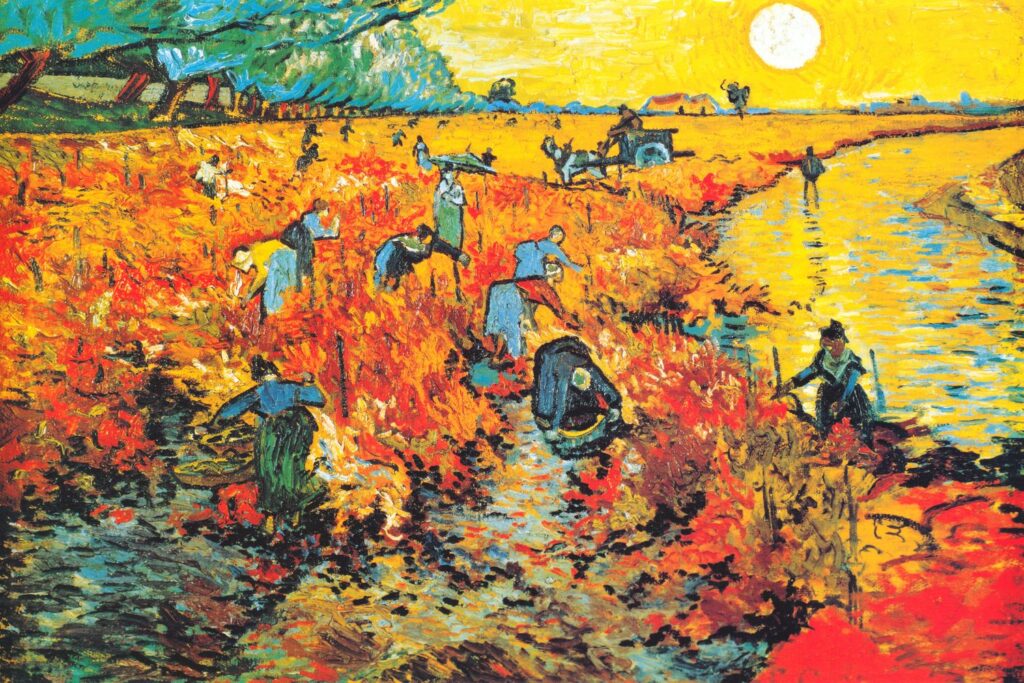
Impressionist Landscape:
This type of landscape illustration captures fleeting moments of light and atmosphere. Often with loose brushwork and a focus on capturing the essence of a scene rather than its precise details. “Impression, Sunrise” by Claude Monet is a masterpiece of Impressionist art that undeniably opens a new era in art. Painted in 1872, it depicts the port of Le Havre at sunrise. With ships and boats dotting the tranquil harbor waters. The painting is renowned for its hazy atmosphere. The soft, blurry outlines of the ships and the sun give the scene a dreamlike quality.
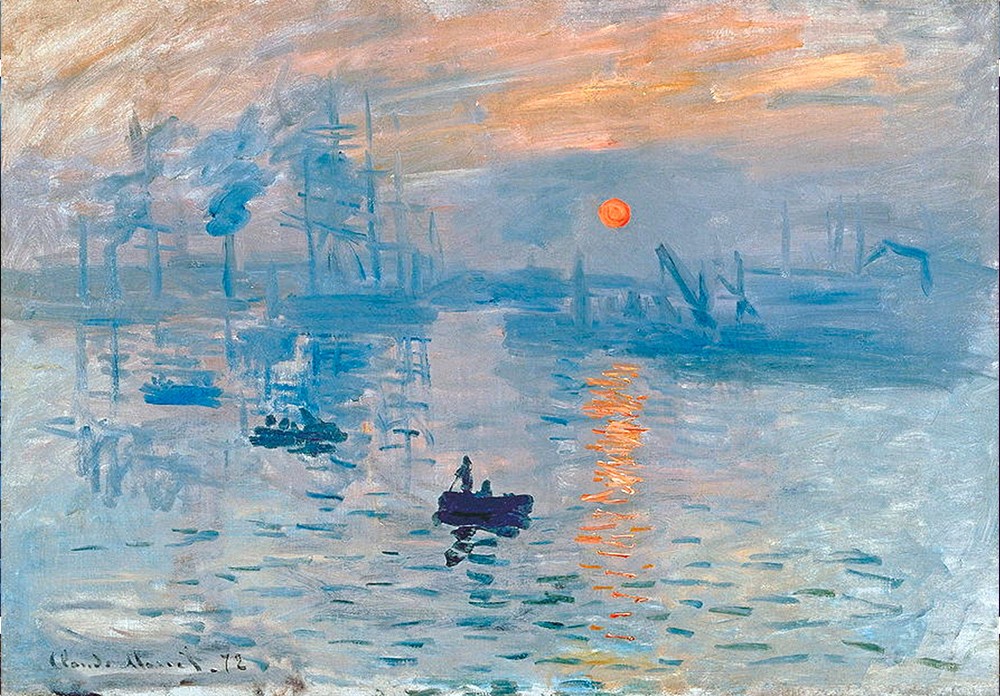
Minimalist Landscape:
Minimalist landscape illustration strips away extraneous elements to distill landscapes into their essential forms. Simplicity, clarity, and a sense of tranquility are some of its main characteristics. An exemplary artwork, one of my favorites, in this style is “The Wave” by Eyvind Earle, painted in 1990. In this piece Earle captures the essence of a wave in its purest form. The wave rises gracefully, its crest curling elegantly before crashing into a frothy foam below.
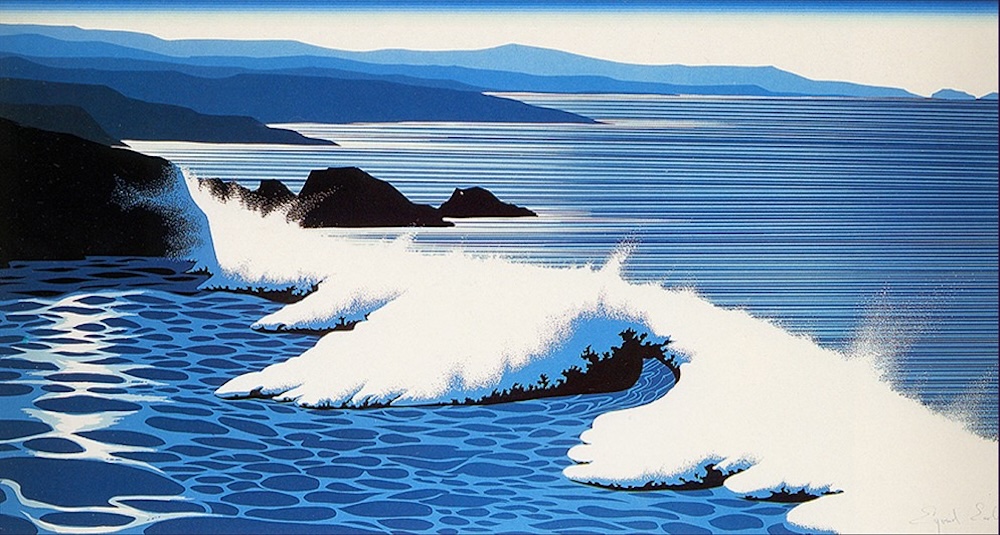
To summarize, from the meticulous realism of Constable to the transcendent abstraction of Van Gogh’s “Red Vineyard”, landscape illustration encompasses a rich collection of styles and approaches. Each artist brings a unique vision to their interpretation of the natural world, thereafter inviting viewers to contemplate the beauty and wonder of landscapes in new and unexpected ways. As soon as we explore the diverse landscape illustration traditions, we gain a deeper appreciation for the boundless creativity and imagination of artists throughout history.
Leave a Reply